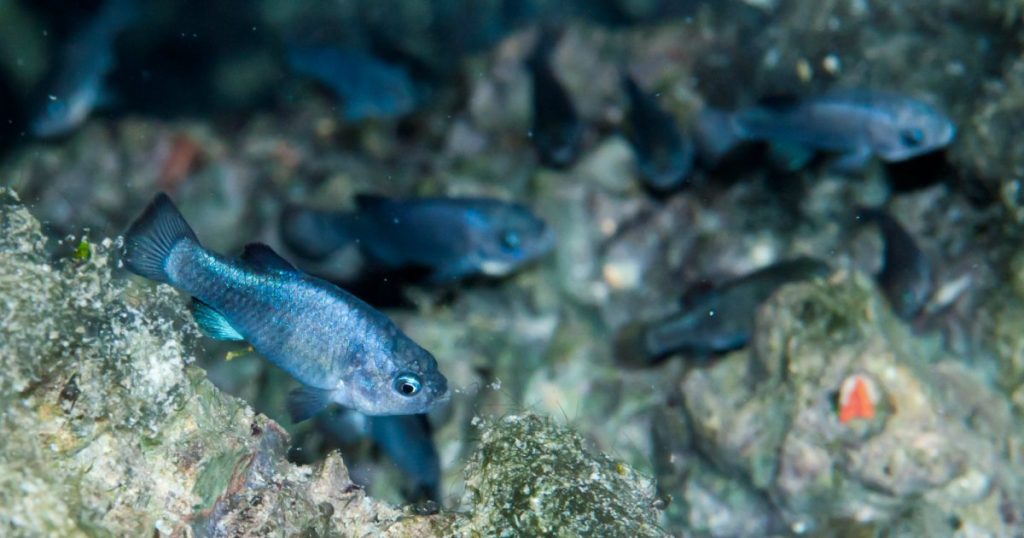These Animals Are Tougher Than We Thought
Olin Feuerbacher/NPS
Looking for news you can trust?Subscribe to our free newsletters.
This story was originally published by High Country News and appears here as part of the Climate Desk collaboration.
The West is a challenging place to live these days, with fires and mudslides, droughts and heat waves—to say nothing of the political climate. But the West’s residents are nothing if not resilient, and that includes the nonhumans. High Country News rounded up a few recent favorite examples of animals—from bears to mosquitoes—surviving in these tumultuous times.
Crisis can bring a population together—to spawn, in the case of one fish species. In the early morning hours of Jan. 23, a magnitude 7.9 earthquake struck in the Gulf of Alaska, approximately 170 miles south of Kodiak. Minutes later, some 2,000 miles away, the quake triggered foot-high sloshing in Devils Hole, a water-filled cavern in Death Valley National Park. The hole is the home of the critically endangered Devils Hole pupfish, which numbered 115 at last count. But park staffers are not worried about the earthquake’s effects on the fish. According to Ambre Chaudion, a biological technician at the park, the pupfish respond to disturbance by mating. The males have turned a brilliant blue, their spawning color. “Several males will chase a female,” says aquatic ecologist Kevin Wilson. When the female is receptive to a single male, he will continue chasing until she is ready to spawn. Then they form an “s” shape together, and the female will lay a single egg that the male fertilizes immediately. Although the pupfishes spawn year-round, the peak usually occurs in the spring, not January.





